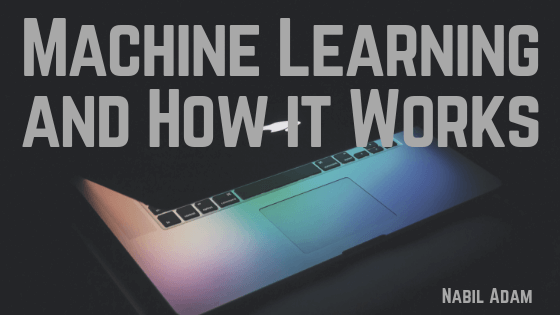Machine Learning, as explained by ExpertSystem, is “an application of artificial intelligence (AI) that provides systems the ability to automatically learn and improve from experience without being explicitly programmed.” In other terms, the goal with machine learning to get them to adapt to human behavior with machine learning algorithms designed to help them “learn” from data without being dependent on a fixed equation.
The process is designed to have machines “learn from experience” within two the categories of supervised and unsupervised learning. This data analysis technique helps to create methods of adapting as the number of samples increase. To understand how machine learning works, we must look into the two different types of learning and how they affect outcomes and how machines adapt.
Supervised vs. Unsupervised Learning
The difference between the two types of machine learning is based on data sets that have controlled inputs and expected outputs and data sets that have no defined structure. Supervised learning gives the AI input and has an expected output. If the AI doesn’t have the correct outcomes, it will continue to adjust its calculations until the AI generates the expected result.
Training an AI with unsupervised learning gives it room to classify the data logically without any expected outputs. To further explain, a good example of unsupervised learning would be facebook ads. The AI uses the information it collects to predict the users that will buy different products.
Choosing Your Machine Learning Algorithm
Deciding on which type of learning to use can be tricky, but there are many examples and information to follow to figure out the best one for your desired outcomes. Depending on the size and type of data you are working with, you can figure out which algorithms to begin testing. Unfortunately, there is no specific answer as to which one is best, so most times it can be a line of trial and error testing to find the best fit.
Whether you are looking for a classification, constant variable or need your model to make a prediction, you will want to start reviewing algorithms within supervised learning. When looking to split your data into clusters, unsupervised learning is the route you will want to go. The updates and information on Machine Learning will continue to advance as our need for AI assistance and learning continues to grow.

